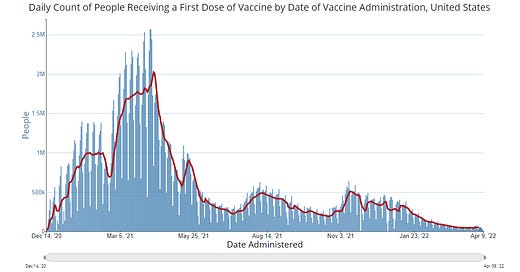We are certainly in a new phase of the pandemic, one that is more challenging than what we’ve experienced so far. Early on, we didn’t have robust data reporting systems and there was a real lack of data transparency. I remember, for example, having to file a Freedom of Information Act request each week for the White House Coronavirus Task Force reports for each state. With a change of president came a change in data transparency, at least for a while. But as the pandemic has become a greater and greater political liability, and politicians of all stripes are ready to move on to other issues, we are starting to see policy decisions that make it harder to see the data. This includes decreasing the frequency of data reporting, encouraging hospitals to change the definition of a COVID-19 hospitalized patient, changing the thresholds of risk maps, etc. And if you’re trying to broadcast that everything is great, as CDC is doing, but people that track COVID-19 data are saying, “no, it’s not over,” then the best way to get those people to stop talking about the thing you don’t want to talk about anymore is to make it harder for them to see the data. This is the public health version of “We Don’t Talk About Bruno” from Encanto. So we’re getting back to a place more reminiscent of where we were early in the pandemic. We’re trying to see through poor data reporting due to changes in testing and data availability using data collection systems that are not robust enough for what we need (i.e. wastewater surveillance testing).
Keep reading with a 7-day free trial
Subscribe to The COVID Digest to keep reading this post and get 7 days of free access to the full post archives.


